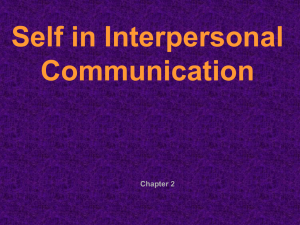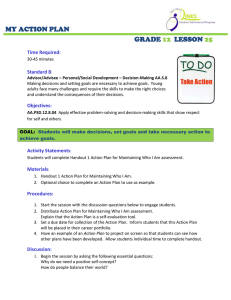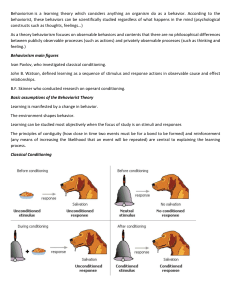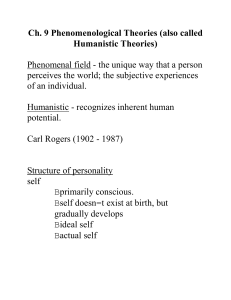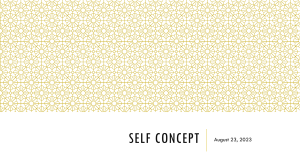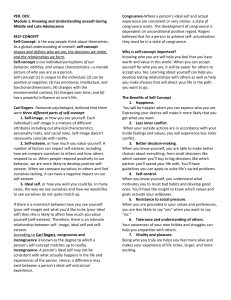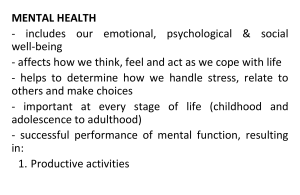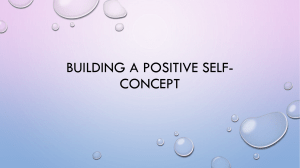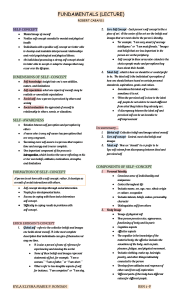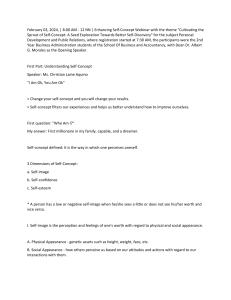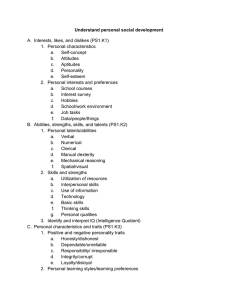Week 2
advertisement
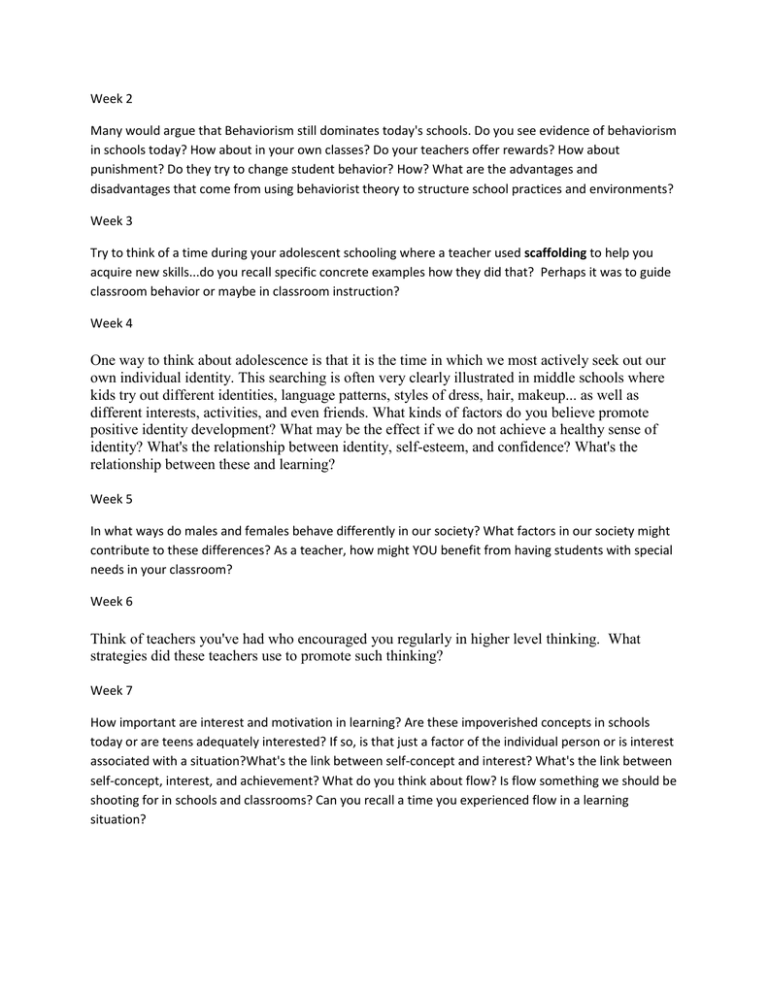
Week 2 Many would argue that Behaviorism still dominates today's schools. Do you see evidence of behaviorism in schools today? How about in your own classes? Do your teachers offer rewards? How about punishment? Do they try to change student behavior? How? What are the advantages and disadvantages that come from using behaviorist theory to structure school practices and environments? Week 3 Try to think of a time during your adolescent schooling where a teacher used scaffolding to help you acquire new skills...do you recall specific concrete examples how they did that? Perhaps it was to guide classroom behavior or maybe in classroom instruction? Week 4 One way to think about adolescence is that it is the time in which we most actively seek out our own individual identity. This searching is often very clearly illustrated in middle schools where kids try out different identities, language patterns, styles of dress, hair, makeup... as well as different interests, activities, and even friends. What kinds of factors do you believe promote positive identity development? What may be the effect if we do not achieve a healthy sense of identity? What's the relationship between identity, self-esteem, and confidence? What's the relationship between these and learning? Week 5 In what ways do males and females behave differently in our society? What factors in our society might contribute to these differences? As a teacher, how might YOU benefit from having students with special needs in your classroom? Week 6 Think of teachers you've had who encouraged you regularly in higher level thinking. What strategies did these teachers use to promote such thinking? Week 7 How important are interest and motivation in learning? Are these impoverished concepts in schools today or are teens adequately interested? If so, is that just a factor of the individual person or is interest associated with a situation?What's the link between self-concept and interest? What's the link between self-concept, interest, and achievement? What do you think about flow? Is flow something we should be shooting for in schools and classrooms? Can you recall a time you experienced flow in a learning situation?

